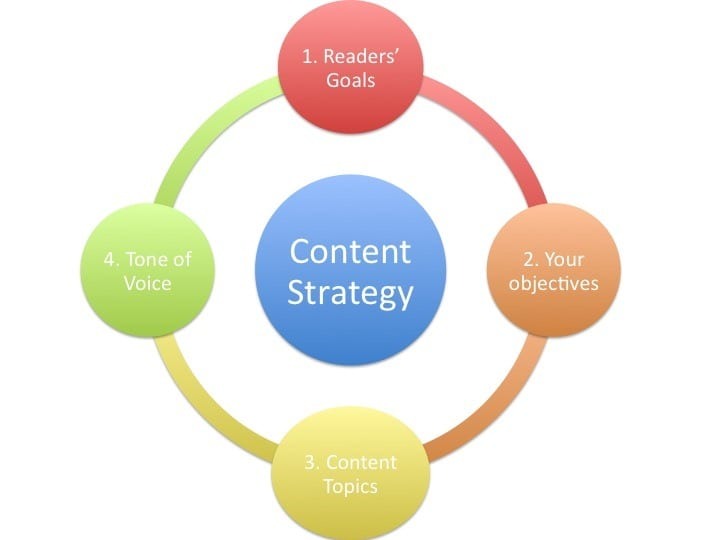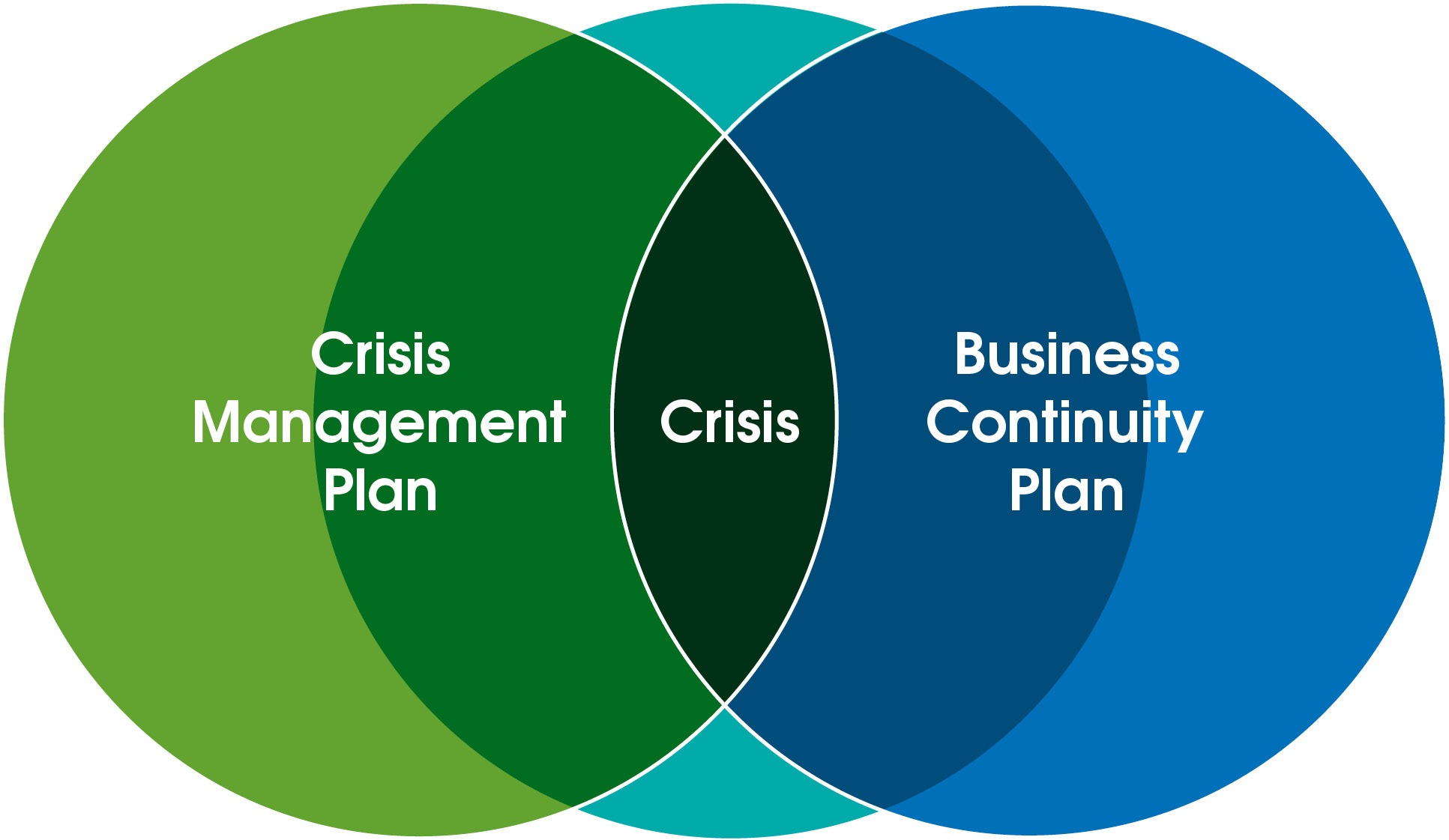In the digital era, content marketing happens to be one of the key factors in building brand awareness, customer activity and increasing the revenue. Coming up with an effective content marketing strategy enables companies to relate with their target market in a decent manner, enhance their trustworthiness, and stand out in large markets. Nevertheless, to create a successful strategy, a systematic approach based on the knowledge of the audience, goal clarity, and consistent value is needed.
The present instructions will tell about key steps needed to develop an effective content marketing strategy that will lead to measurable success and long-term brand loyalty.
Understand Your Business Goals and Align Content Objectives
Before diving into content creation, it is critical to define your overarching business goals. Whether you aim to increase brand awareness, generate leads, boost sales, or nurture customer relationships, your content strategy must align tightly with these objectives.
Translate business goals into specific content marketing objectives such as:
- Growing website traffic by X%
- Increasing social media engagement
- Improving email subscriber rates
- Enhancing customer retention through educational content
Clear objectives provide direction and metrics to evaluate your content’s effectiveness.
Conduct In-Depth Audience Research
A winning content strategy starts with an intimate knowledge of your target audience. Understanding who they are, what they value, and where they spend their time online enables you to create content that resonates and drives action.
Develop detailed buyer personas by analyzing:
- Demographics: Age, gender, location, occupation
- Interests and pain points
- Preferred content formats (blogs, videos, podcasts)
- Search behavior and keywords
- Social media habits and platforms used
Utilize tools like Google Analytics, social media insights, and customer surveys to gather data. Personas humanize your audience, helping your team maintain focus on their needs.
Perform Competitive Content Analysis
Studying your competitors’ content marketing efforts uncovers opportunities and gaps. Analyze their content types, topics, publishing frequency, engagement rates, and SEO strategies.
Identify what works well and where they fall short. Use these insights to differentiate your content with unique angles, formats, or value propositions that better serve your audience.
Competitor analysis also highlights trending themes and keywords to incorporate strategically.
Define Your Unique Content Value Proposition
To stand out, articulate a unique content value proposition—a clear statement describing how your content benefits your audience in ways competitors do not.
This proposition should emphasize:
- The specific problems your content solves
- The distinctive voice or perspective you bring
- The formats and channels through which you deliver value
A strong value proposition guides content ideation and reinforces your brand identity consistently across all touchpoints.
Choose the Right Content Types and Channels
Different content types and distribution channels serve different purposes and audience preferences. Select a mix that maximizes reach and engagement for your target market.
Common content types include:
- Blog articles for SEO and thought leadership
- Videos for storytelling and demonstrations
- Infographics for data visualization
- Podcasts for in-depth conversations
- Ebooks and whitepapers for lead generation
- Social media posts for community building
Choose channels where your audience is most active, such as your website, YouTube, LinkedIn, Instagram, or email newsletters.
Develop a Content Calendar and Publishing Schedule
Consistency is key to building audience trust and improving search engine rankings. Create a detailed content calendar that outlines:
- Topics and keywords for each piece
- Content format and length
- Responsible team members or contributors
- Publishing dates and times
- Distribution and promotion plans
A well-structured calendar facilitates timely production, coordination across teams, and alignment with product launches, events, or seasonal trends.
Create High-Quality, Audience-Centric Content
Quality content delivers real value, educates, entertains, or inspires your audience while supporting your brand’s voice and goals. Prioritize:
- Originality and relevance
- Clear, compelling writing or visuals
- Actionable insights or solutions
- SEO best practices, including keyword integration, meta tags, and internal linking
- Mobile-friendly and accessible design
Focus on addressing your audience’s pain points and questions to position your brand as a trusted resource.
Promote Your Content Effectively
Publishing content is only half the battle; promotion ensures it reaches the right people. Employ multi-channel promotion strategies such as:
- Sharing on social media platforms with targeted hashtags
- Email marketing campaigns featuring curated content
- Influencer partnerships and guest blogging
- Paid advertising like sponsored posts or search ads
- Community engagement in forums and groups related to your niche
Effective promotion amplifies reach, drives traffic, and generates leads.
Measure, Analyze, and Optimize Performance
A winning content marketing strategy depends on continuous measurement and optimization. Track key performance indicators (KPIs) aligned with your goals, including:
- Website traffic and session duration
- Conversion rates and lead generation
- Social media engagement and shares
- Bounce rates and click-through rates (CTR)
- SEO rankings for targeted keywords
Use analytics tools such as Google Analytics, SEMrush, or HubSpot to gather data. Analyze what content resonates most, which channels perform best, and identify areas for improvement.
Refine your strategy based on insights, experimenting with new formats, topics, or distribution tactics to enhance results over time.
Foster Collaboration Across Teams
Content marketing success requires collaboration among marketing, sales, product, and customer service teams. Aligning content efforts with sales objectives and customer feedback ensures messaging consistency and relevance.
Encourage knowledge sharing and joint brainstorming sessions to generate fresh ideas and address customer pain points comprehensively.
Invest in Content Marketing Technology
Leverage technology to streamline content creation, management, and distribution. Content Management Systems (CMS), editorial calendars, SEO tools, and social media schedulers increase efficiency and coordination.
Marketing automation platforms enable personalized content delivery and nurture campaigns, improving audience engagement and conversion.
Stay Agile and Adapt to Trends
The digital landscape evolves rapidly. Stay updated on content marketing trends, algorithm changes, and emerging technologies.
Experiment with innovative content formats like live video, interactive content, or augmented reality experiences to maintain audience interest.
Agility allows your strategy to remain competitive and capitalize on new opportunities.
Conclusion
The key to making a success of content marketing strategy is a strategy of stiff objectives, strong comprehension of the target market, research into competitors, as well as training in discipline. When your business concentrates on producing high quality content and market it accordingly, one could establish long term relationships, increase brand power and achieve long-term positive growth.
Frequent measurement and optimization of your efforts, team collaboration, and utilization of technological tools will keep your content marketing alive and able to deal with everything that could come.
Master the learning to make your content marketing an effective vehicle to business success.


